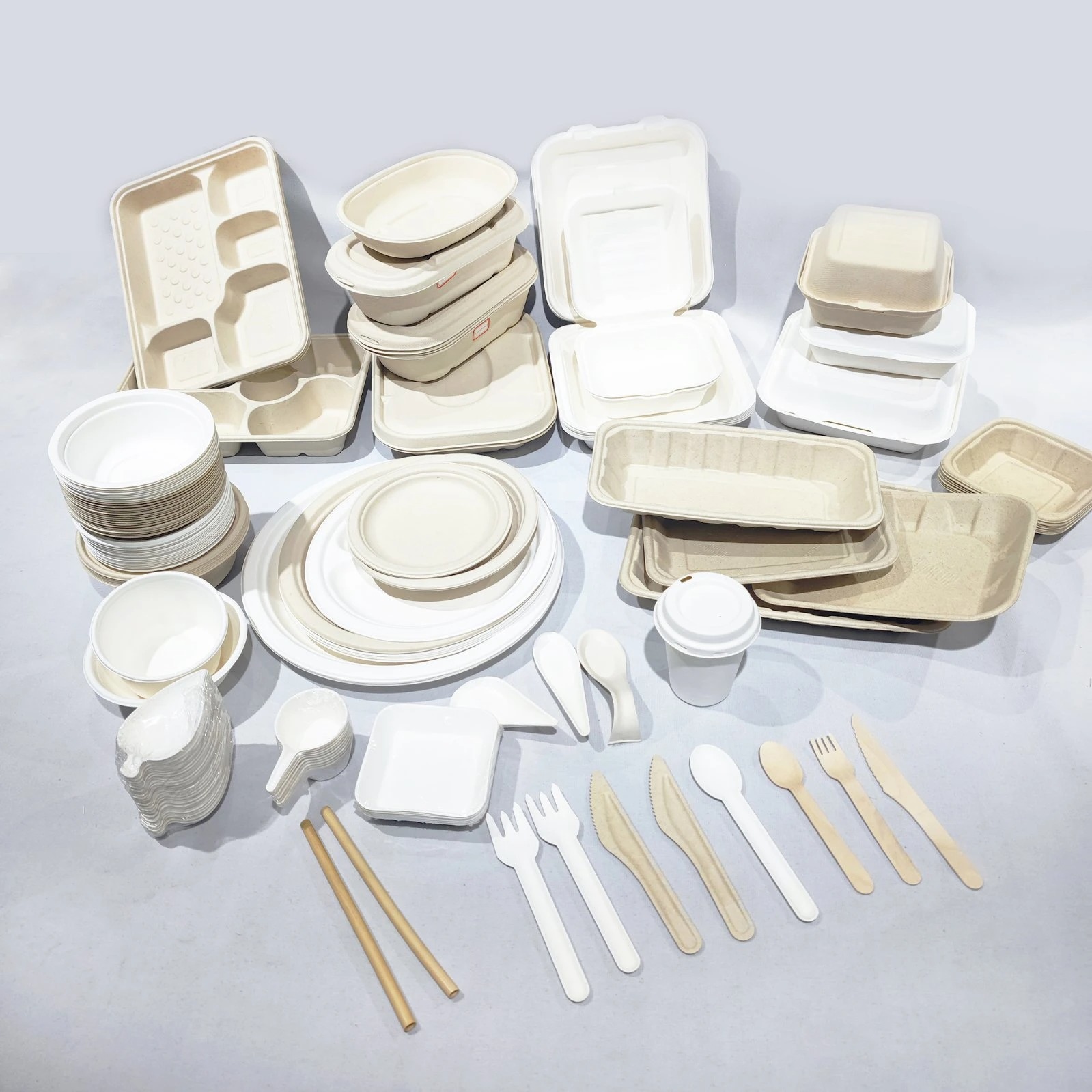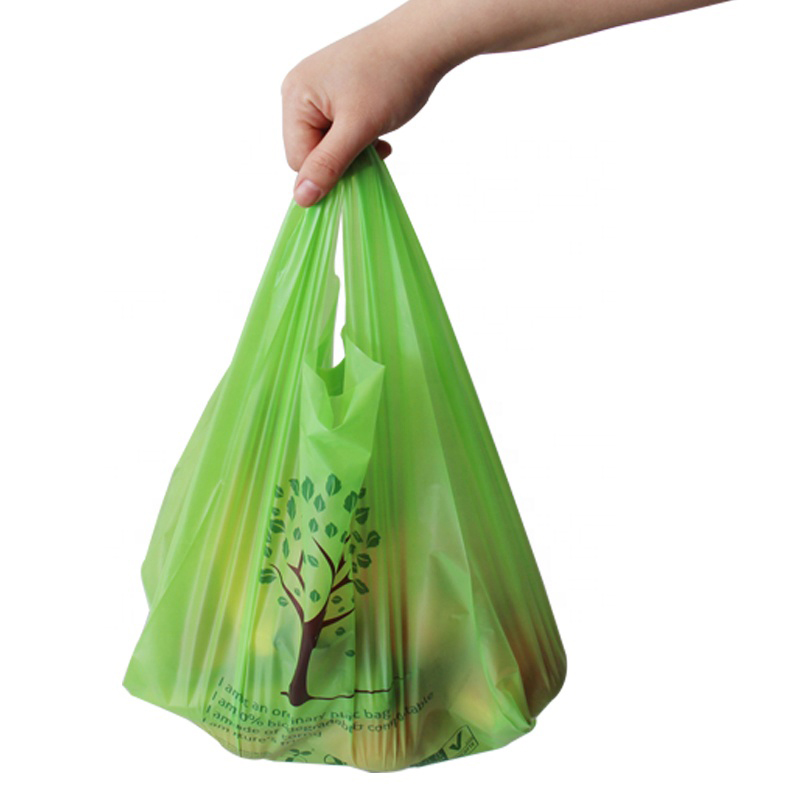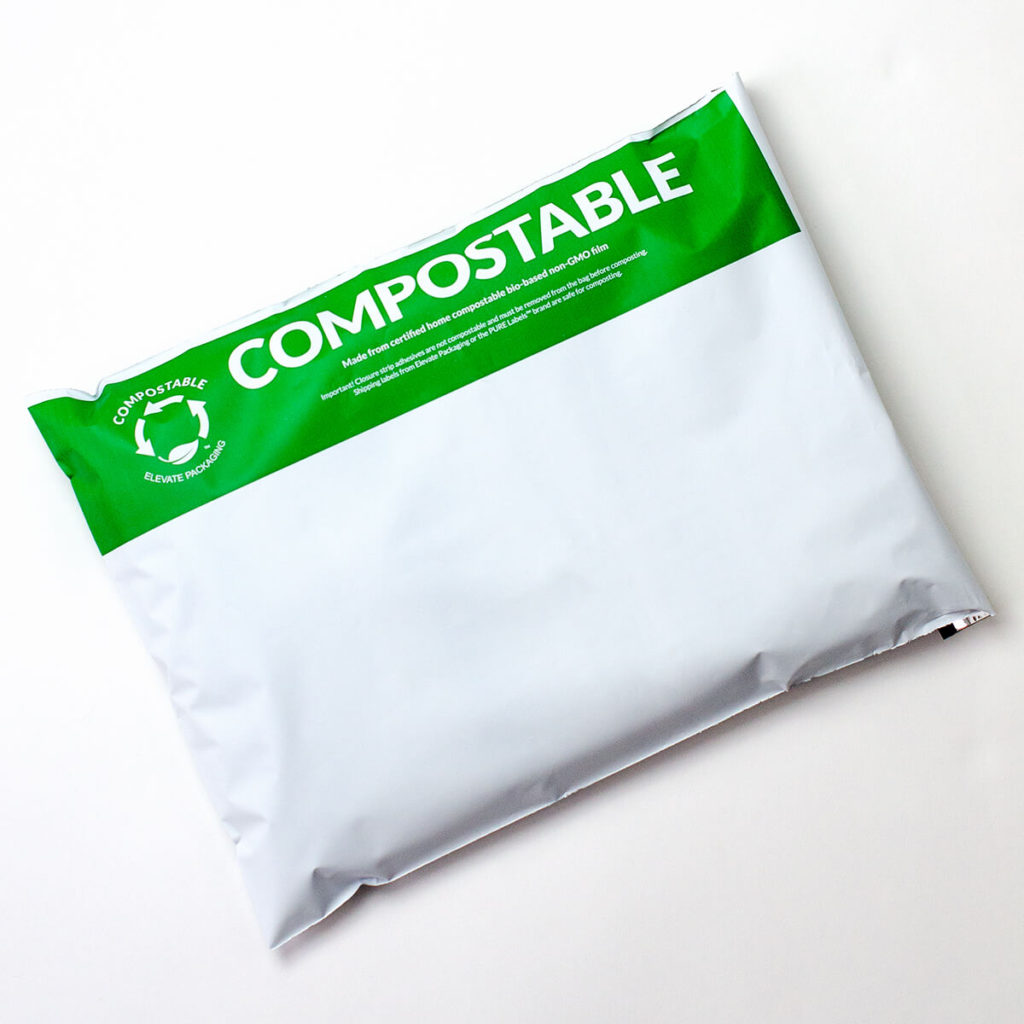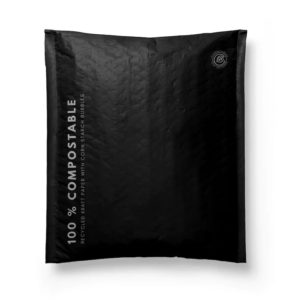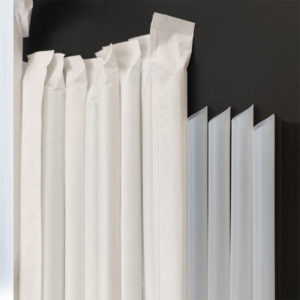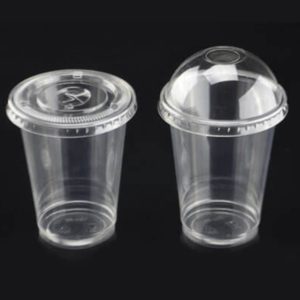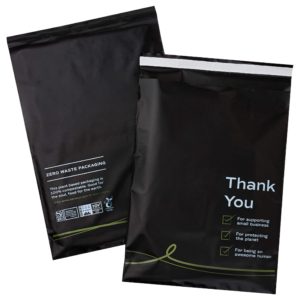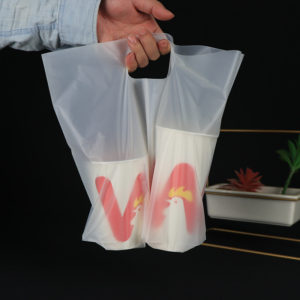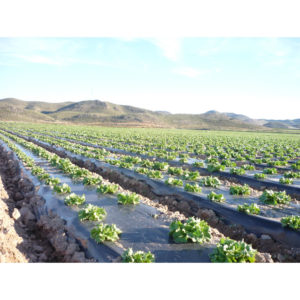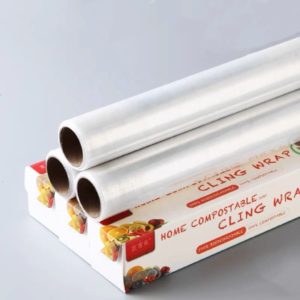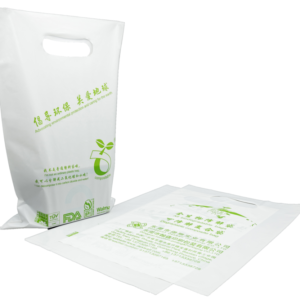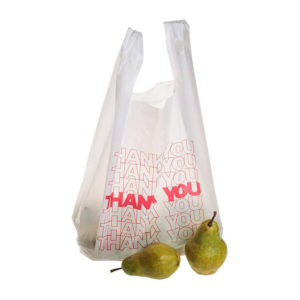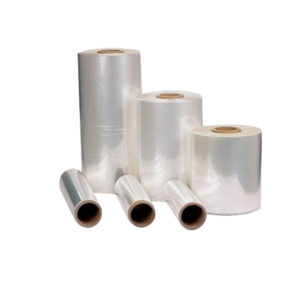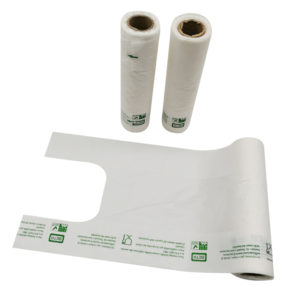An Eco-Friendly Biodegradable Alternative to Plastic
PLA (Poly Lactic Acid) is a new type of biodegradable material made from plant extracts like sugarcane and corn. So it’s made of renewable resources, which makes it a more natural alternative to fossil fuels.
Polylactic acid (PLA) can be completely decomposed into carbon dioxide and water under natural conditions after being discarded. It has good water resistance, mechanical properties, biodegradable. Polylactic acid packaging can be absorbed by organisms, and has no pollution to the environment. At the same time, PLA has high impact strength, good flexibility and thermal stability, plasticity and processability.
Because PLA can decompose, it’s commonly used as a material in compostable packaging, food packaging like cups, plates and cutlery and loose-fill packaging.
Why is PLA used for packaging? Is PLA eco friendly?
Traditional plastics can take more than 1,000 years to break down, leaving harmful residues and chemicals like methane in the process. In contrast, PLA is a compostable plastic that breaks down in a faster time. SOARAWAY compostable packaging is made of PLA and certified by TUV Austria to decompose in 90 days in commercial compost and 180 days in home compost.
How do I dispose of PLA?
PLA can be disposed of in two ways: decomposed by incineration or by adding it to household or commercial compost.
The ideal composting conditions for PLA to break down are humid conditions of 104 to 140 degrees Fahrenheit. Home compost is typically 104 to 122 degrees Fahrenheit, while commercial compost is about 140 degrees Fahrenheit. This means that home composting may take longer to break down the PLA packaging, but it can still get the job done in a reasonable time frame.
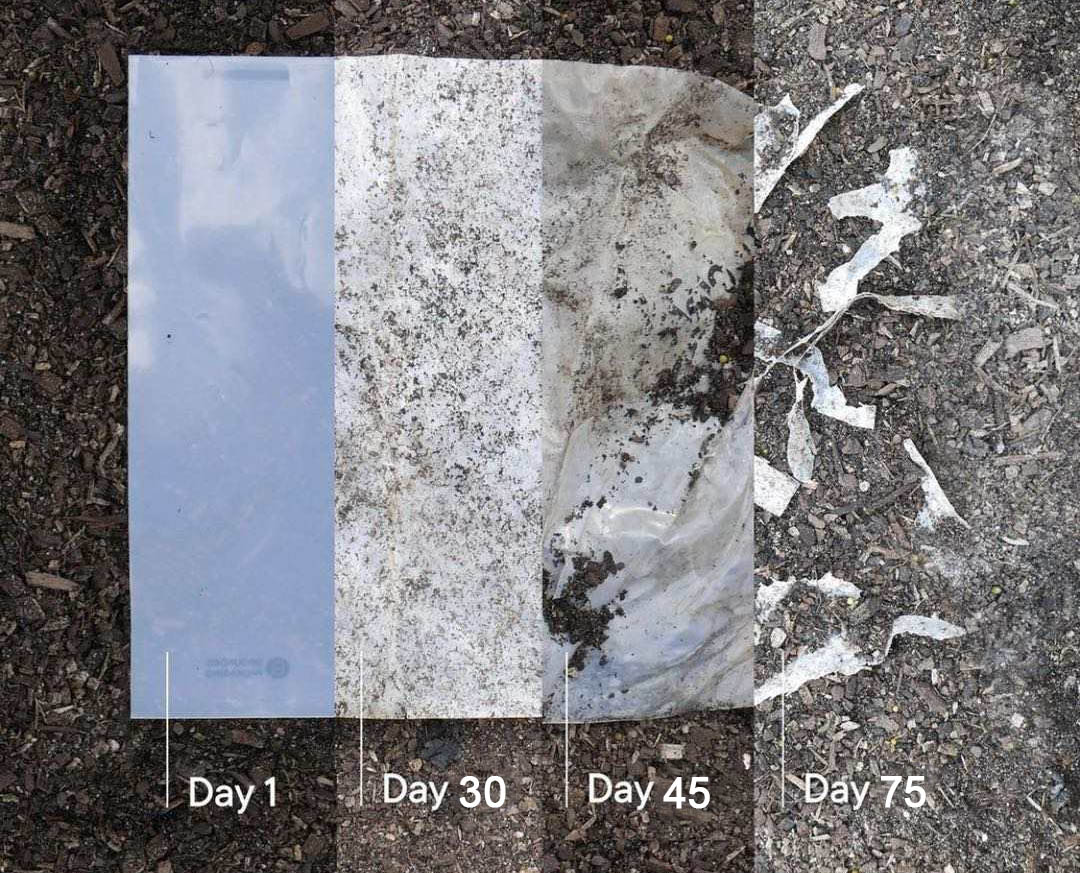

What PLA packaging products does Soaraway offer?
We are a pla packaging manufacturer over 15 years in China. View more polylactic acid packaging.

